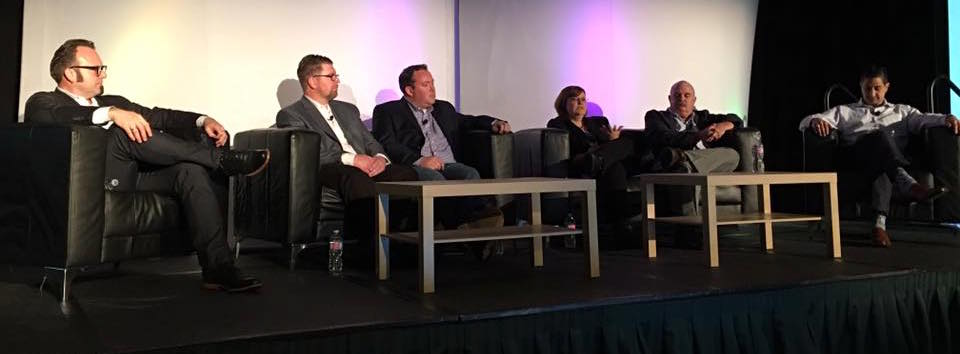One of the questions we received during the EEC16 closing keynote panel was why isn’t there a single blocklist that everyone uses and why don’t ISPs share data more. It would be so much easier for senders if every ISP handled mail the same as every other. But the world isn’t that simple, and it’s not always clear which mail stream is spam and which is good mail.
There were quite a few answers but they basically boiled down to a few facts.
- Different blocklists have different data strengths and weaknesses.
- No blocklist has all a full view of all the bad mail.
- You may want to have different polices for delisting depending on what kind of mail the blocklist is targeting. For instance, Spamhaus has different polices for different lists: CBL has self serve delisting, SBL requires email, ROSKO requires no traceable spam for 6 months.
The short reason was we use different lists and techniques because it makes the spam filtering better.
When I got home from the conference, I saw In-depth analysis of the lessons we learned while protecting Gmail users post. Among other things, it answered the “why not one blocklist” question. Even more, I think it did a really good job of talking about what email looks like from the receiving end.
Any defense can be defeated – Use defense in depth with multiple layers of protection.
Since no combination of detection systems at a given layer is perfect, there is a need to add multiple layers of defense to make it even harder for attackers.
One thing I’ve been trying to get across to marketers is that email is an a very malicious channel. Many of the bad mails out there, the ones the filters are aiming for, are dangerous and malicious. Those attackers spend a lot of time trying to figure out how to get past the defenses.
Make it hard for attackers to understand your defenses – Use overwhelming force and deploy many countermeasures at once.
It is very important to make probing more difficult for attackers by rolling out multiple changes. That way they are overwhelmed by the number of things to test and can’t easily figure out what changed.
This is why it’s so hard to test “what Gmail changed.” They are going out of their way to release multiple things at once. It’s also why it’s not really useful to test. It’s more useful to look at your mailing practices and see where they might be borderline and driving your reputation down.
The whole article is well worth a read. It gives a good overview of what Gmail is doing and how they think about email, filtering and dangers. It also gives examples of the different challenges they deal with on a regular basis.
Overall, it’s important to realize that filters are an important part of the email ecosystem. They are a big part of why it’s a viable marketing channel. Think of it this way, an unweeded garden is not as productive as a weeded garden. Weeds take nutrients away from the plants and stunt their growth. They also make it harder to find the actual produce at harvest time. Filters are the herbicides and weeding that keep gardens healthy and productive. Without them, no one could effectively use or trust email.


 RSS - Posts
RSS - Posts